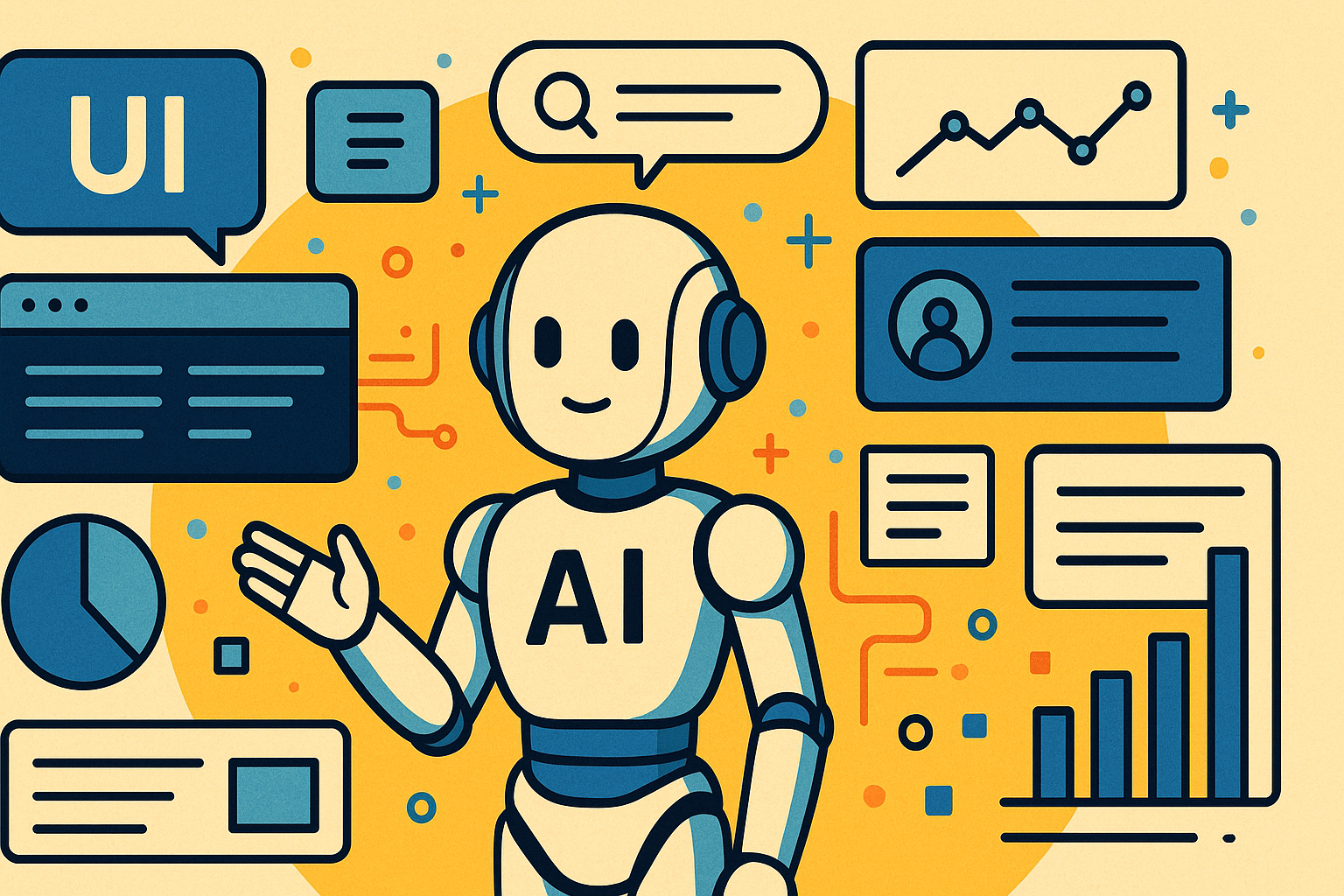
Generative AI has quickly moved from speculative tech to everyday tool. It writes emails, generates images, answers questions, and even codes. But while the outputs have evolved at a staggering pace, something hasn’t quite kept up: how we actually interact with it.
I’ve been reflecting on this gap—between capability and experience—and it’s clear we need a shift in focus. If generative AI is going to reach its full potential, we have to start rethinking the interfaces that connect humans to these systems.
The Tech is Smart—The Interaction Isn’t
It’s fascinating how powerful these models have become. But often, using them feels like having a conversation with someone who forgets what you said 30 seconds ago. That’s not just a context window limitation—it’s a UX challenge.
We’re still designing like the AI is the main character. In reality, the user is. Interfaces should be helping users manage long threads of thought, remember what matters, and build on past interactions.
When Outputs Go Off-Track, Where’s the Recovery?
We’ve all seen generative AI generate things that feel… off. Maybe it misunderstood tone, missed nuance, or hallucinated something out of left field.
What’s missing is a meaningful way for users to course-correct in the moment. Simple undo buttons or thumbs-down icons aren’t enough. We need smarter UI patterns that allow users to guide the AI more directly—without needing to start from scratch every time.
Bias and Black Boxes
Bias in AI isn’t just a data problem. It becomes a trust problem the moment it reaches the user.
And right now, most interfaces do very little to help users understand why an output might be skewed—or what to do about it. What if users could toggle between “raw” and “filtered” results? Or receive contextual notes explaining why a certain suggestion was made?
Transparency can be a feature, not just a responsibility.
Customization Shouldn’t Be a Hidden Skill
Some users want poetic prose. Others want bullet points. Most just want to avoid “regenerate response” fatigue.
But giving feedback like “make it more concise” or “change the tone” still feels like a trick only power users know. Why not expose those controls up front? Think sliders, dropdowns, or prompt presets—UI elements that empower users instead of expecting them to know how to phrase their requests just right.
Data Privacy Can’t Be an Afterthought
One of the most important—and least visible—parts of generative AI interfaces is how they handle sensitive user data.
We need clear, embedded cues that tell people what’s being stored, what isn’t, and how their data is being protected. Trust isn’t built through a privacy policy—it’s built through interaction.
Design is the Missing Layer of Intelligence
At the end of the day, generative AI doesn’t live in isolation—it lives in products. And product design is where we shape how people experience its power.
The models will keep improving. But if we want people to adopt, trust, and genuinely benefit from generative AI, we have to design better interfaces: interfaces that clarify, simplify, and elevate the entire experience.
That’s where I think the next wave of innovation lies—not just in what AI can do, but in how well we help people work with it.


